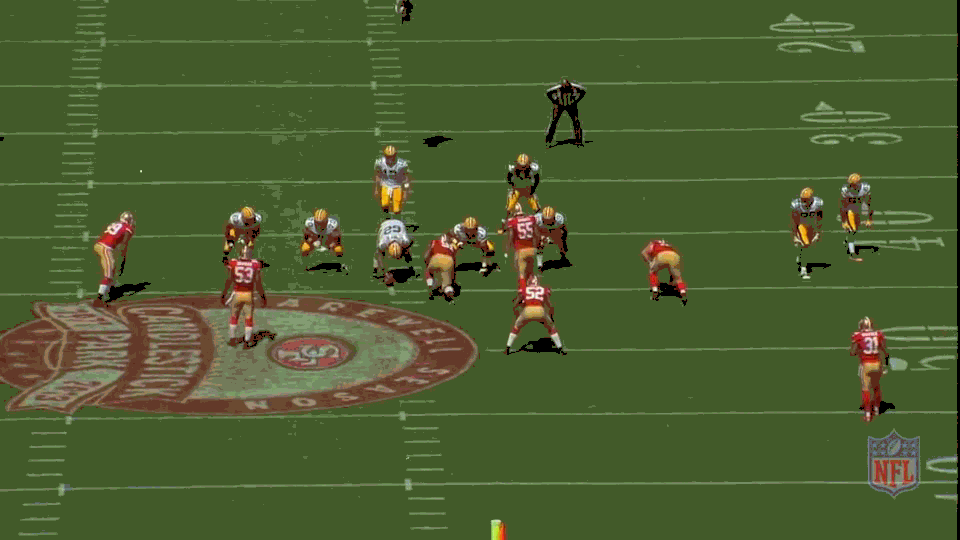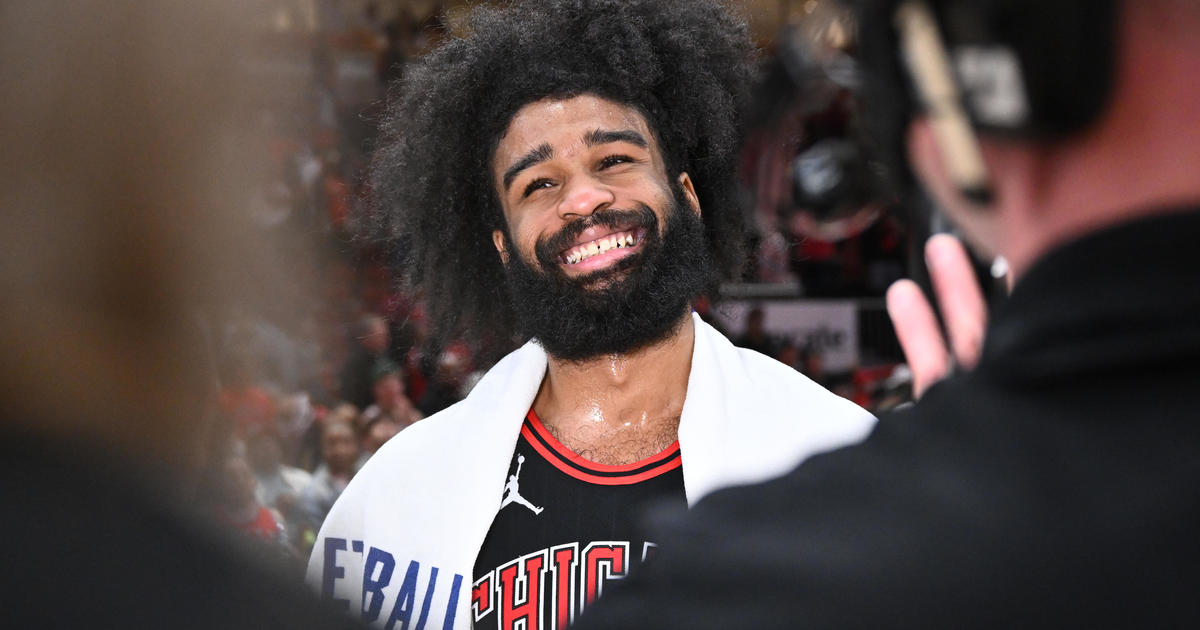Durkin's Playbook: How To Create Safe Pressure On Aaron Rodgers
By Dan Durkin--
(CBS) Green Bay quarterback Aaron Rodgers is the NFL equivalent of the boogeyman for defensive coordinators. Restless and sleepless nights ensue when that matchup against the Packers shows up on the schedule.
Quite simply, Rodgers is the most difficult player in the league to game plan for. He processes presnap and postsnap information at the speed of a computer, has flawless, repeatable mechanics and can accurately deliver every required throw from any arm angle on time with optimal velocity and pinpoint accuracy.
No team in the league does a better job of tying together the quarterback's dropback with their unfolding route combinations than the Packers. Thus, in order to have defensive success, rush and coverage units must work in tandem. Rodgers must be moved off of his launch point, and defensive backs must challenge the receivers' releases to disrupt the rhythm and the interconnected timing of the Packers' passing game.
Choosing how to challenge Rodgers can be a double-edged sword for a defensive coordinator, as it will be for Vic Fangio and the Bears when they host the Packers on Sunday at Soldier Field.
Sending extra blitzers from the second and third level of the defense may have negative consequences. Rodgers will likely identify and expose where the coverage was weakened and find the void left in the wake of the blitzer.
Ideally, a team will create safer pressure packages -- those in which four or five rushers are sent, so the math in the secondary still favors the defense.
Defensive coaches spend countless hours looking at tendencies and blocking rules of their opponents' protection schemes. So what will advanced scouting of Green Bay's film reveal?
The Packers' predominant personnel package is 11 -- one running back, one tight end and three receivers. Narrowing it down even further, within that grouping, they tend to operate out of shotgun spread formations with an offset running back with hopes of getting as many receivers out into routes as possible, while still being able to protect the passer.
After focusing my attention on cutups of this personnel grouping from the Packers last few games, I started charting out their pass blocking, paying particular attention to one data point -- which way the center turns.
As innocuous as it sounds, that's a critical detail when determining protection schemes and blocking rules.
Assuming the tight end is in the slot or flexed out in a formation (as the Packers typically do), the center is the middle man of a five-man blocking unit. So whichever direction he's turning, the line is creating a three-man blocking surface (center-guard-tackle) in that direction, leaving two blockers on the backside.
My analysis concluded that the Packers' tendency is to turn their center away from the offset running back. They zone protect (each player is responsible for any man threatening his immediate gap) to the side the center turns and man protect on the backside.
Here's an illustration from last year's Packers-Cowboys divisional round playoff matchup to help demonstrate.
(All images courtesy of NFL GamePass)
Notice the center turning away from running back Eddie Lacy to create the three-man blocking surface and the man blocking rules on the backside.
How can this information then be used to devise a pressure package?
By knowing which way the center turns, a defensive coordinator can use twists and line stunts to the man-side of the protection to pressure the quarterback with four and five rushers.
On the man-blocked side of the line, twists and stunting players along the defensive front can "pick" a blocker and create a free, or at least less-obstructed, pass rush lane. It can also get a pass rusher matched up against a running back, which is a scenario that typically favors the defense.
This design achieves the goal of safe(r) pressure without exposing the back end of the defense.
During his tenure in San Francisco, Fangio had a successful run against Rodgers. Undoubtedly, the talent he had to work with played a big role in the 49ers' success against the Packers, but when you dig into the tape, you'll see how he schemed safe pressure by running line games up front to get Rodgers off his launch point.
Here's an animated example from the Packers-49ers season opener in 2013.
Behind this five-man pressure, Fangio was able to play a hybrid, matchup zone coverage with a deep safety over the top while keeping the numbers in favor of the defense.
Focusing in on the littlest of details can make a big impact on the success or failure of a play. Teams certainly self-scout their own tendencies and try to be less predictable, but these are the types of advantages coaches are seeking when putting together a game plan.
Beating the Packers is a tall task for the rebuilding Bears. While only one team can walk away victorious Sunday, pay attention to the small victories that happen within each play thanks to advanced scouting and coaching -- and ultimately the players executing.
Dan Durkin covers the Bears for CBSChicago.com and is a frequent contributor to 670 The Score. Follow him on Twitter at @djdurkin.





